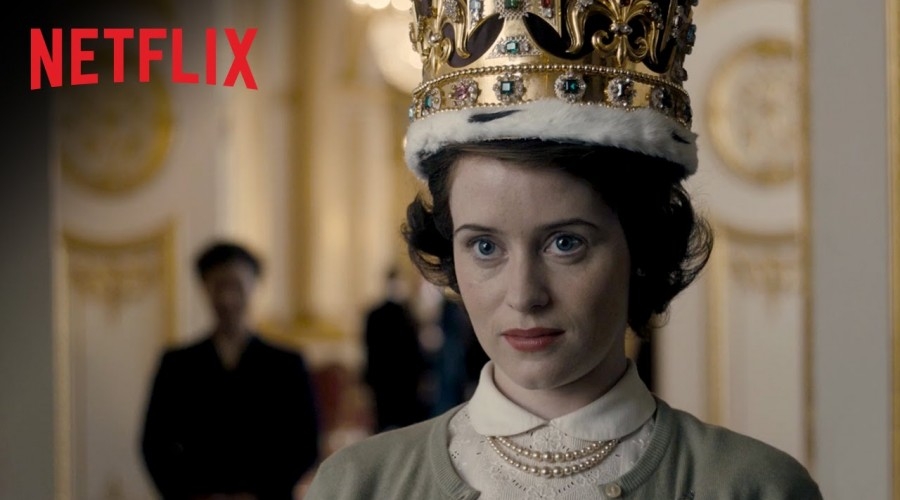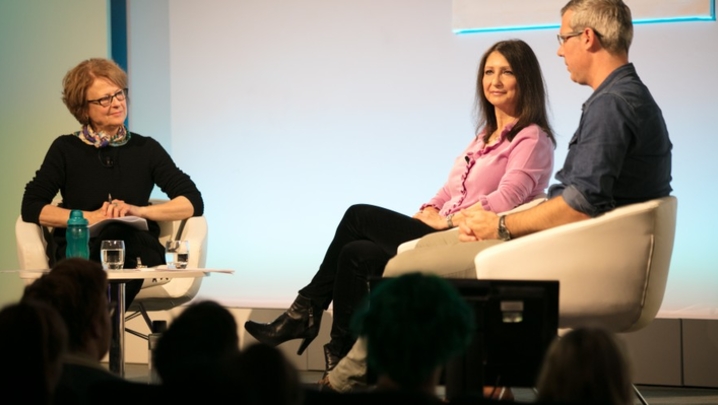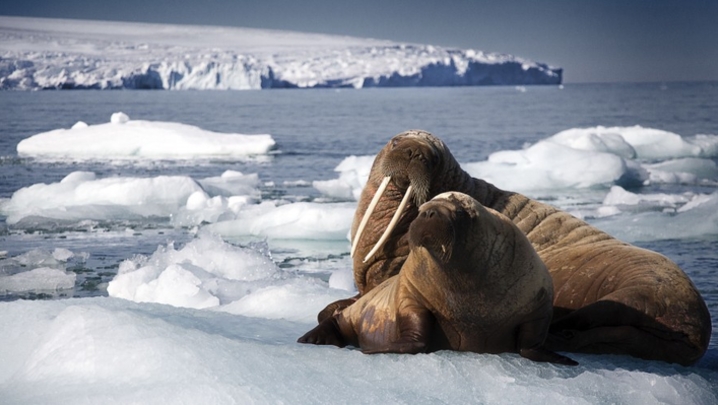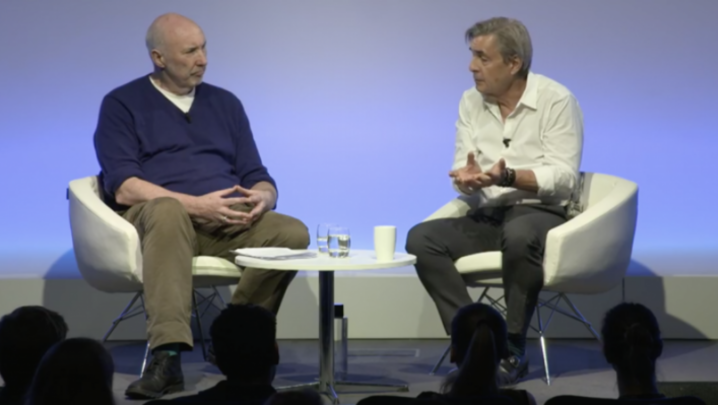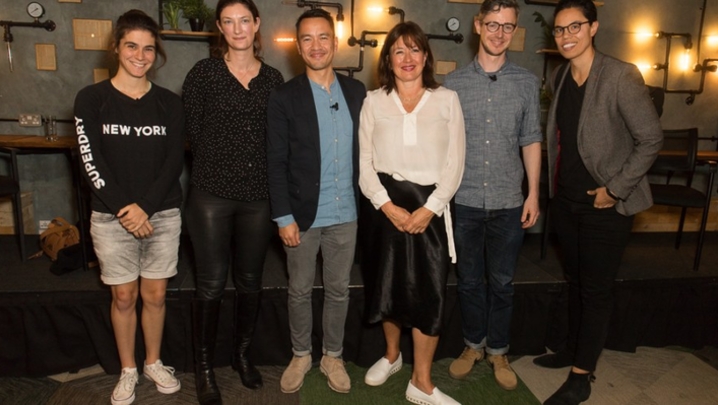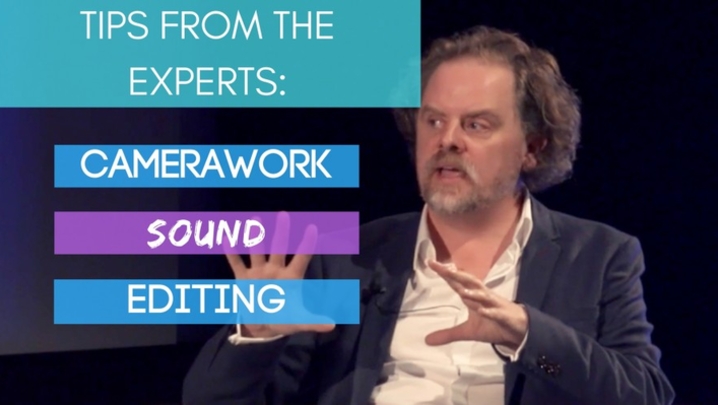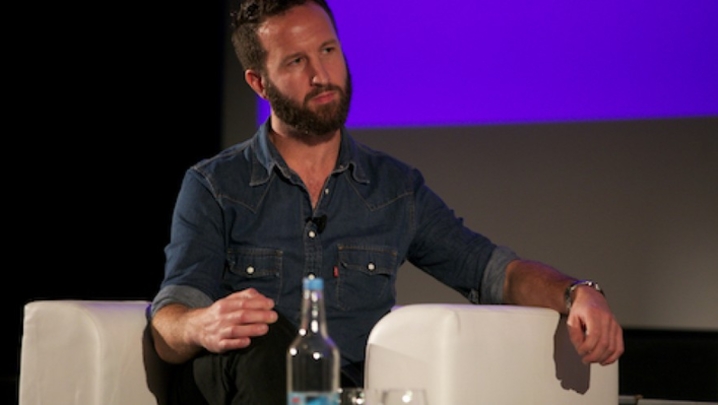Whatever the genre, the job of editing is all about storytelling
For scripted projects such as dramas and comedies, an editor will have a script to work to, choosing the best combination of shots to tell the story.
“The script is like a blueprint,” explains The Crown editor Una Ni Dhonghaile,
A documentary is a rather different beast. “You may be faced with 400 hours of footage shot across many years in a sprawling way. The people making the film don't know what's going to happen next,” says editor Ben Stark whose credits include Dispatches, Baby P: The Untold Story and 9/11: The Falling Man.
With so much footage to deal with, and tensions running high, patience is a key requirement for the job.
“A cutting room can be a rather complicated, highly-pressured space and once you're in, you're not getting out,” warns Stark. “You want to make sure that you're all understanding enough creatively, professionally but also human-wise, to ride those particular rapids.”
While some technical ability is required to use editing software, practice is key to becoming a good editor.
“Try to get to grips with the craft of editing and of how best to tell the story. Don't feel that you have to have a big budget to do it,” recommends Ni Dhonghaile.
Stark agrees: “Take a film that you love and cut a trailer for it. Turn a horror film into a romance. This is what one does in the cutting room, taking material and turning it into something hopefully larger and different to its constituent parts.”
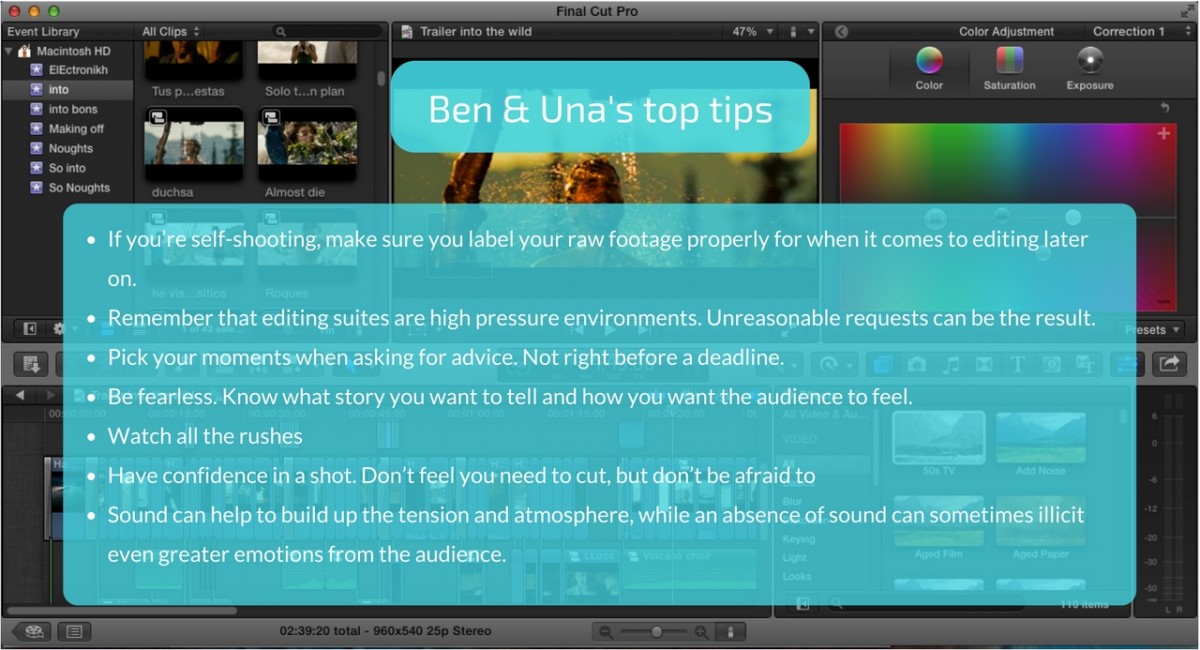
In addition to practicing your skills, this will also give you something to show people when getting advice.
Working as a runner is a common way to get into the job, and a great way to meet those already working in the industry.
“Try and meet people,” says Ni Dhonghaile, “because you don't want to finish running and you haven't made the contacts that might help you.”
Ni Dhonghaile reports her career highlight to be seeing an episode of The Missing that she worked on featured on Gogglebox, where she could watch the effects of her editing intrigue the audience.
Ben Stark concludes: “The amazing sense of accomplishment when a seemingly disparate and, in documentary, semi-random, set of rushes [are turned into] a seamless and beautiful and moving finished film [gives you] an amazing sense of wonder.”


